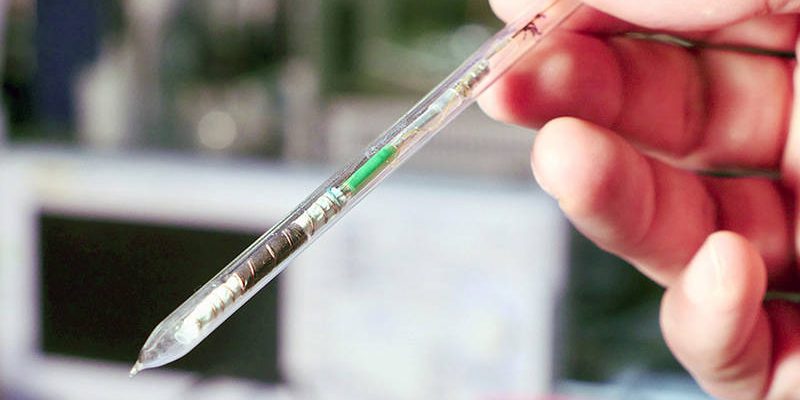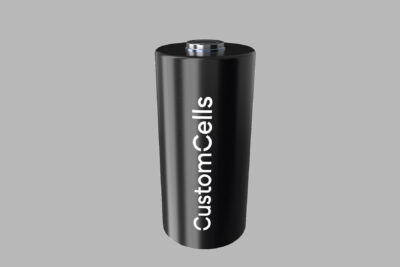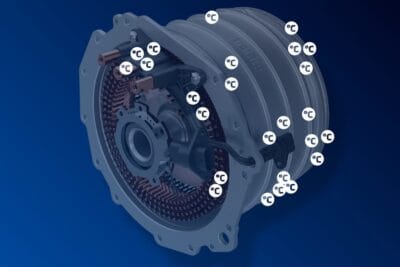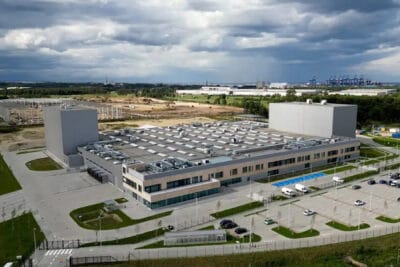Lithium plating insights to enable faster charging
Researchers at the Technical University of Munich (TUM) and the Forschungszentrum Jülich for the first time found a method to investigate the so-called lithium plating process. Thus, new quick-charging strategies are around the corner.
Charging lithium-ion batteries too quickly leads to metallic lithium deposits on the anodes that ultimately lead to ageing, in other words plating. It is a process that reduces battery capacity and lifespan and can even destroy the batteries. It is also the main factor that limits charging current.
To solve the issue, first by better understanding it, Scientists at the Technical University of Munich (TUM) and the Forschungszentrum Jülich have turned to electron paramagnetic resonance (EPR) spectroscopy, a process that can be readily integrated into laboratory procedures. The method is akin to nuclear magnetic resonance (NMR) spectroscopy, but focusses on electron spins rather than atomic nuclei.
To then detect Lithium plating, the team built a test cell compatible with the EPR requirements and that allows the formation of metallic lithium to be detected directly and with quantitative precision. With their opbservations, new applications such as safe charging protocols could be developed.
The research was funded by the German Federal Ministry of Education and Research (BMBF) and part of the ExZellTUM II and the EEBatt project.
tum.de, Picture courtesy of Tobias Schlößer / FZ Jülich





0 Comments